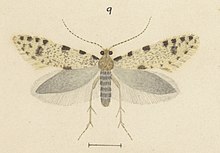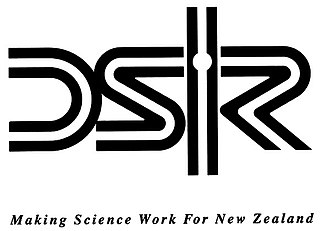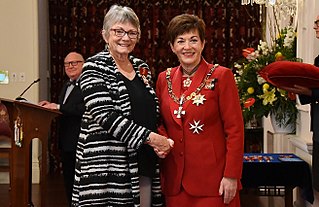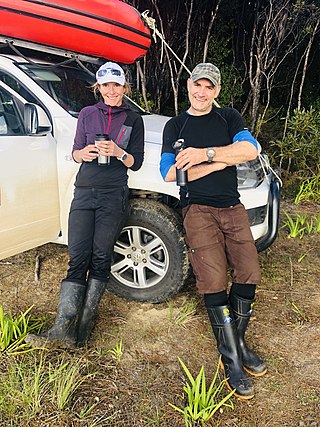History
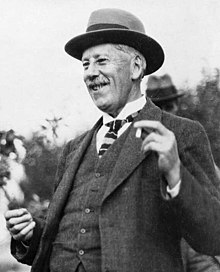
Origin
Nelson businessman and philanthropist Thomas Cawthron made substantial contributions to the Nelson community. When he died in 1915 he left £231,000, the bulk of his estate, for the creation of an "industrial and technical school institute and museum to be called the Cawthron Institute". [2] Seven local public officials were appointed as trustees to execute his will, and they in turn set up an advisory commission (four prominent scientists plus the chairman of the Board of Agriculture). [3] The commission's report in 1916, which was adopted by the trustees, set out the principles for such an institute. In 1917, the New Zealand government insisted that £40,000 in stamp duty was owed on the bequest; this decision was disputed and was subject to repeated legal challenges over the following 18 years. [4] Thomas Easterfield, the founder and head of the Chemistry Department at Victoria University, was appointed in 1919 as the Cawthron Institute's first director and the first staff member hired. [5]
1920s

Fellworth House was purchased in 1920 as the institute's temporary premises. [6] It remained the home of Cawthron Institute for the following fifty years. On 21 April 1921, the institute was officially opened by New Zealand's Governor General, Lord Jellicoe. [7] The Thomas Cawthron Trust Act 1924, formally establishing the Cawthron Institute Trust Board, came into force in early 1925. [8] That year saw a visit by Ernest Rutherford who presented the Thomas Cawthron Memorial Lecture. [9]
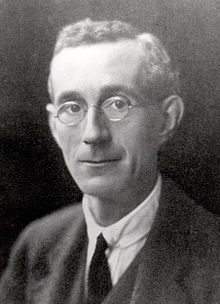
In 1920, Robin Tillyard was appointed chief of the department of biology at Cawthron, and his 1926 book Insects of Australia and New Zealand became a reference for many decades. [10] In 1927, Tillyard, then assistant director, left Cawthron to take up the position of chief of the Entomology Division at the CSIR, Australia. [11]
1930s
Foundation staff member Theodore Rigg was appointed director of a DSIR survey of volcanic ash soils in central North Island. [12] [13] Thomas Easterfield retired in 1933 and Rigg became Director. Finally, in 1936, the government approved compensation for the £40,000 death duties paid in 1917: an annual subsidy of £2000 for entomological, fruit, soil and tobacco research. [14]
In 1936, Cawthron scientists confirmed cobalt deficiency as the cause of “bush sickness” in New Zealand. [15] The Cawthron Institute Trust Board Rating Exemption Act 1937 was enacted, granting the Cawthron Institute freedom from paying local rates. [16] In that year, the Entomological Branch of the Department of Agriculture was transferred to Nelson: a joint venture between the DSIR and Cawthron.

Theodore Rigg was knighted in 1937 for his services to New Zealand. [17] In 1938, Thomas Easterfield also received a knighthood. [18]
1940s
The Knapp Collection of Māori taonga, comprising more than 8000 artifacts and the largest private collection in New Zealand, was bequeathed in 1940 to the Cawthron's museum. [19] A Silver Jubilee commemorated 25 years of Cawthron's operation.
Cawthron's soil science activities including the National Soil Survey were relocated to the DSIR Soil Bureau, Wellington, along with staff.
1950s
This was a difficult decade for Cawthron. All entomology activities and collections were transferred to the DSIR Entomology Division, Auckland in 1956. [20] That same year Sir Theodore Rigg retired, and David Miller assumed the role of Director. [21] Cawthron's Department of Mycology was transferred to the DSIR Plant Diseases Division, along with the reference collections and library. [22] In 1959, Miller retired as Director and was replaced by C. R. Barnicoat, Associate Professor of Biochemistry at Massey Agricultural College. [23]
1960s
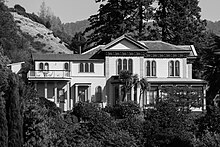
To address long standing concerns about a lack of scientific expertise on the Cawthron Instuture Trust Board, the Cawthron Institute Trust Act 1924 was amended to enable 3 additional trustees with scientific backgrounds to be added to the board by the Minister of Science. [24] In 1967, Barnicoat retired as Director. and was replaced in 1968 by E. B. (Barrie) Cousins, Associate Professor of Biochemistry at the University of Otago. [25] [26]
The Chemical Services Group was established under the leadership of Alan Cooke, for the first time offering commercial chemical and microbiological analyses. This provided an important source of revenue over the next decade. [27]
1970s
The decade began with the opening of new laboratories and offices (now named the Rigg building) by Governor-General Sir Arthur Porritt. [28] Celebrations were marred by the sudden death of Director Barrie Cousins a few days before. Royd Thornton, manager of the DSIR's Agriculture and Biology Group, was appointed Director in 1971. [29] In 1972, the national accreditation body TELARC was created, enabling other laboratories to gain accreditation and compete with Cawthron's highly regarded analytical laboratories. [30] The Cawthron Museum was closed in 1976 and its contents redistributed to the Nelson Provincial Museum, other organisations, and the general public.
An Environmental and Feasibility Services group was established in 1976, offering commercial consultant services. [31] The move from Fellworth House was completed in 1977 and the property sold.
1980s

The 1980s were a difficult decade for the Cawthron's finances; the Environmental and Feasibility Services group was shut down in 1984 after proving unprofitable. [32] In 1987, Royd Thornton retired. [33] Staff numbers declined to 33, from a decade peak of 74. Graeme Robertson, a chemical engineer with a background in the pulp and paper industry, was named chief executive officer in 1988. He appointed senior Cawthron scientist Henry Kaspar as Research Leader. [34]
1990s
A bipartisan agreement in 1990 led to a major restructuring of New Zealand's science system: the separation of policy, funding, and operations, and the creation of MoRST and FRST. This introduced competitive bidding for government funded research programmes. [35] The Thomas Cawthron Memorial Lecture series was restarted in 1990 after a 10-year hiatus. [36] In 1992, Government research in MAF, DSIR, and Forestry was restructured into Crown Research Institutes.

In the summer of 1992–93 the first harmful algae bloom to close marine farms and create widespread public attention sparked interest in marine biotoxins. [37] [38] The Glenhaven Aquaculture Centre Ltd, now known as the Cawthron Aquaculture Park, was formed in 1993 as a joint venture with landowners, and a small research facility was built on the site of a former oyster hatchery.
Cawthron's Culture Collection of Micro-Algae was registered in 1996 as a nationally significant living collection. That year the New Zealand aquaculture industry introduced regular phytoplankton monitoring of harvest areas as an early warning of the presence of toxic algae. In 1998, a new office building known as the Easterfield Wing was opened by the Minister of Science, Maurice Williamson. Cawthron hosted the first national workshop on marine biosecurity in 1999.
2000s

HABTech 2000, an international workshop on technology for the monitoring of harmful algal blooms and biotoxins, was launched by Cawthron. [39] That year LC-MS chemical analysis methods developed by Cawthron were introduced for routine marine biotoxin monitoring of farmed shellfish throughout New Zealand. [40] Graeme Robertson resigned as CEO in 2005 and was replaced in 2006 by Gillian Wratt.
2010s
Charles Eason joined the Cawthron Institute as CEO in June 2012. [41]
2020s
Charles Eason stepped down as CEO of the Cawthron Institute in December 2020, and was replaced by Volker Kuntzsch in March 2021. [42]
Staff numbers

